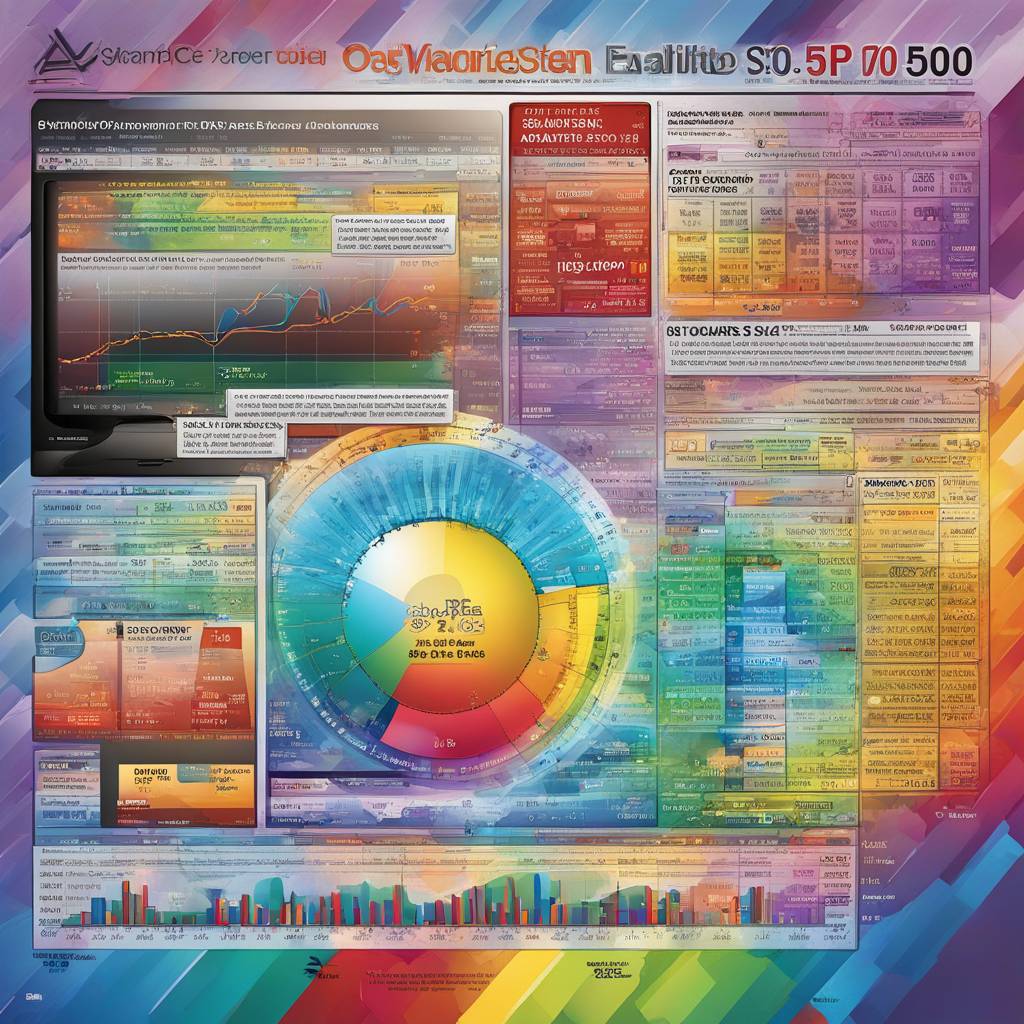The S&P 500 has experienced an epic run, closing out the first quarter with a 10% year-to-date increase and a remarkable 25% gain over the past five months. Only seven other periods since 1950 have seen better performance. Despite predictions of an imminent pullback, momentum remains strong, with the market trading 12% above its 200-day moving average. Historical data shows that after similar runs, the market tends to be higher six months later most of the time.
While big-cap tech stocks have played a role in lifting the market, other sectors have also seen strong advances this quarter. Communication services, technology, energy, financials, industrials, and healthcare sectors have all posted gains, with real estate being the only sector in the red. Market breadth has been expanding, with about 70% of the S&P 500 in positive territory this year. The S&P 500 advance/decline and the Russell 1000 have shown more stocks advancing than declining, indicating broad market strength.
Veteran market watcher Ned Davis notes that divergences and concentration in major bull markets are critical only when the trend loses strength with bad breadth. With strength persisting in the S&P 500 and a record of previous market peaks showing strength for months after, the current market rally is likely to continue. While a fall after such significant gains seems logical, trying to time market declines may not be wise. Instead, staying invested and riding out potential short and shallow pullbacks may be more profitable in the long run.
Alec Young, chief investment strategist at MAPsignals.com, suggests that markets tend to perform better than normal after big moves like the current one. He advises investors to stick around rather than trying to time the market. Given the market history and the breadth of market advances, it may be more beneficial for investors to hold onto their gains rather than attempting to predict short-term market movements. As the market continues to perform strongly, staying invested and remaining patient could yield better results than trying to time the market.



